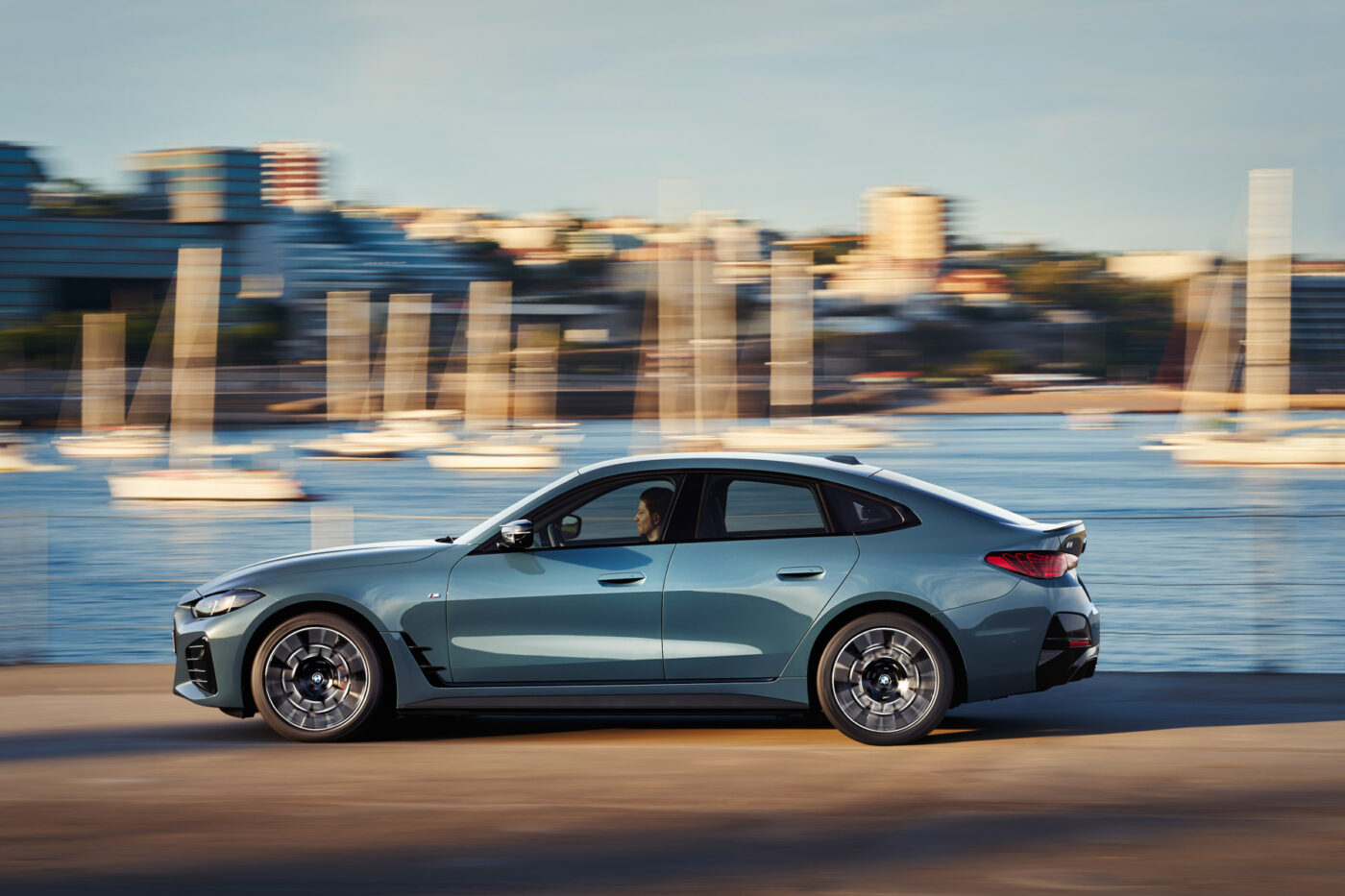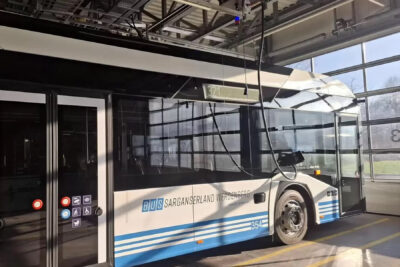EU-US deal caps car tariffs at 15% – this time for real
After weeks of uncertainty following the political agreement between European Commission President Ursula von der Leyen and US President Donald Trump on 27 July, the EU and US have finalised a joint statement on trade and investment. It confirms a maximum all-inclusive tariff rate of 15% for most EU exports to the US, covering strategic sectors including cars, pharmaceuticals, semiconductors and lumber.
For European carmakers, including manufacturers of electric vehicles and components, the announcement ends weeks of waiting. As mentioned above, their products had not yet benefited from the base tariff reduction agreed in July, leaving the US rate for cars at 27.5%. The latter had been in place since April.
Although the tariff reduction was also supposed to apply to vehicles, the US did not initially implement this part of the agreement. Under the joint statement, Washington will now retroactively apply the 15% ceiling to vehicles and parts from 1 August. However, Trump will only implement the tariff reduction if the EU initiates its own legislative process for easing imports of certain US products.
The 15 per cent tariff on cars only applies to imports from the EU to the US, not vice versa. Cars from the United States will soon be able to be imported into the EU duty-free. The EU currently levies a 10 per cent tariff on car imports from the US. A high-ranking EU official was quoted at the end of July as saying that a rate of 2.5 per cent had already been agreed upon and that the EU was ready to go down to zero per cent – provided that the US keeps its promise and reduces car tariffs to 15 per cent.
Šefčovič: “This is a serious, strategic deal”
EU-US trade in goods and services reached €1.6 trillion in 2024. By capping tariffs at 15% for vehicles, the joint statement thus provides a clearer framework for the automotive industry.
EU Trade Commissioner Maroš Šefčovič, who led the negotiations with US Secretary of Commerce Howard Lutnick and US Trade Representative Jamieson Greer, called the outcome a “serious, strategic deal” and underlined that “a wide range of sectors, including strategic industries such as cars, pharmaceuticals, semiconductors, and lumber, stand to benefit from the deal. The alternative – a trade war with sky-high tariffs and political escalation – would harm jobs, growth, and businesses on both sides of the Atlantic.”
However, the joint declaration is not yet legally binding. As German media point out, the EU must be prepared that Trump could again unilaterally raise tariffs if agreements are not implemented. The US did not respond to the EU’s proposal to completely waive tariffs on industrial goods.
The joint statement also addresses steel and aluminium, aiming to protect markets from global overcapacity while maintaining secure supply chains through tariff rate quota solutions. These measures are particularly relevant to automotive supply chains that depend on stable access to metals, semiconductors and chemical precursors.
Von der Leyen highlighted the stability the agreement provides: “The European Union will always pursue the best outcomes for its citizens and businesses. Faced with a challenging situation, we have delivered for our Member States and industry, and restored clarity and coherence to transatlantic trade,” she said. The European Commission President also emphasised that “this is not the end of the process, we continue to engage with the US to agree more tariff reductions, to identify more areas of cooperation, and to create more economic growth potential.”
In addition to cars, the joint statement introduces a special regime from 1 September for several categories, such as aircraft and aircraft parts, cork, and generic pharmaceuticals, which will only be subject to ‘Most Favoured Nation tariffs’. Both sides also committed to looking into including further product groups.





0 Comments